Montreal: Imperial City
- Jean-Philip Mathieu
- Jul 31
- 7 min read
Updated: Aug 22
Today, Montreal proudly bills itself as the second largest majority French-speaking city in the world, a veritable francophone metropolis in the Americas. However, for much of its post-Conquest history, Montreal was perhaps less characterized by its Frenchness than its Britishness.
After the Seven Years’ War, many British businessmen and their families crossed the Atlantic, some of the most prominent integrating themselves into older fur trade networks that stretched out from Montreal to the Rocky Mountains. By the early nineteenth century, British capitalists had come to dominate the city both politically and economically. In an effort to consolidate Montreal’s place as British North America’s economic metropole, they spearheaded major projects to improve navigation on the Saint Lawrence. They also connected Montreal with the Great Lakes through a series of canals. The Lachine, which cut through the island of Montreal to bypass the rapids along the south shore, was the most important component of the system. By the 1830s railways were integrated into this vast transportation network, and by the late 1850s Canada had one of the longest rail networks in the world. All these projects were capital intensive, and that capital was provided by British investors.
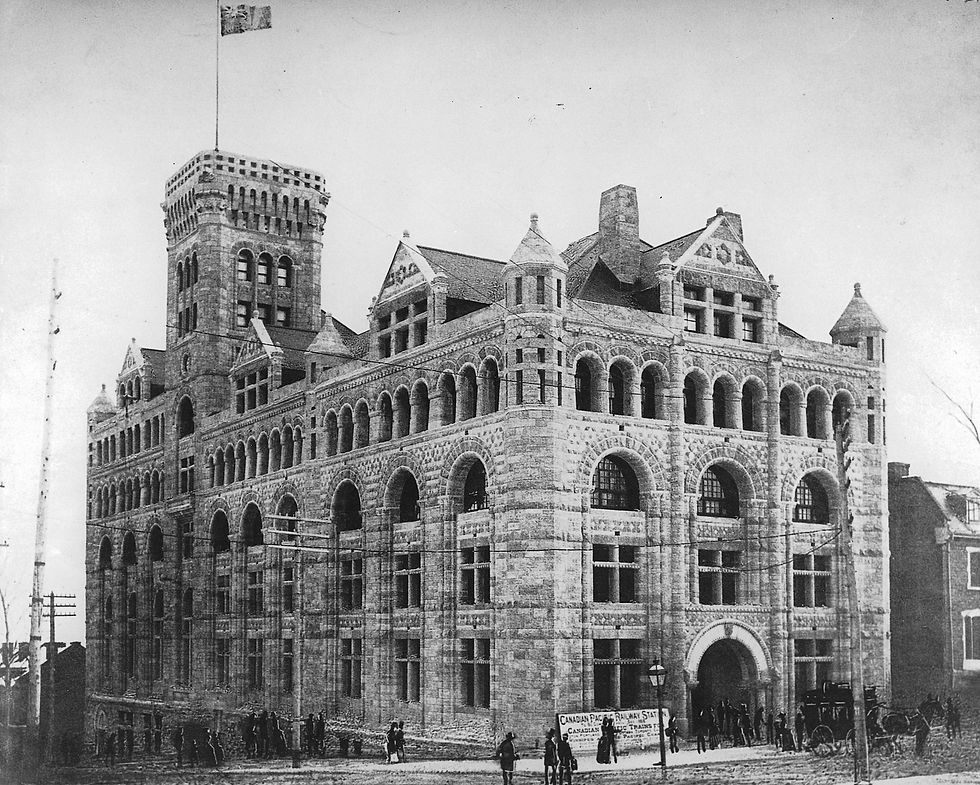
This year’s annual meeting in November will be held around the north side of the Golden Square Mile. Once mainly pastures, orchards, and summer cottages, this neighborhood began to be developed in the mid-nineteenth century as the domicile of Montreal’s wealthy Anglo-Protestant bourgeoisie. Here, families such as the McGills, the Redpaths, and the Molsons moved into luxurious terraces and sumptuous mansions. Many of these residences were designed by imported Scottish architects. Not only was Montreal to be economically tied to Britain, but it was to look like Britain too.
Montreal was an Anglo-Protestant ethnic enclave within an overwhelmingly French Catholic province, itself within an aggressively Americanizing continent. For the city’s British bourgeoisie, the Empire provided a source of stability and security, and they clung to it dearly. The structure of modern Canada owes much to their fears of having their power challenged by the French Catholic majority. In an 1864 speech, Alexander Tilloch Galt, a British immigrant and Father of Confederation, argued that “the British minority of Lower Canada [now the province of Quebec], conspicuous for its wealth and intelligence, though not so much for its numbers, could not be outraged without important results following that would bring their own remedy with them.” The result would be Canada’s present federal system, where a higher order of government could protect the British minority’s wealth from “those who might be under the influence of sectional feelings animated by either race or religion […].”
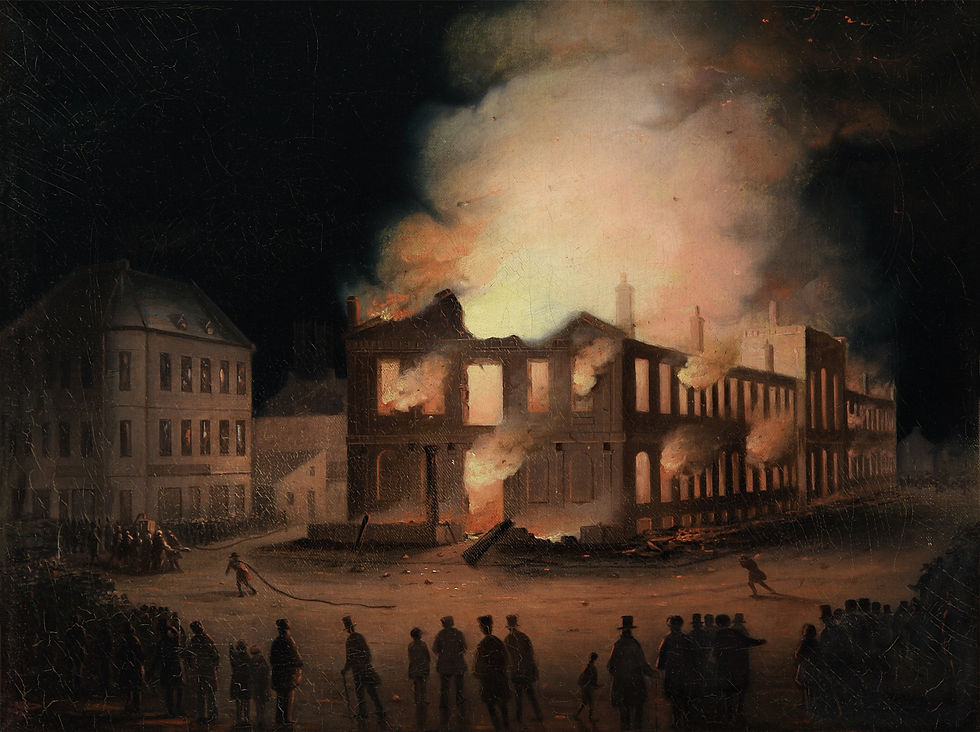
The passionate loyalty of British Montrealers, however, could turn to anger when they felt betrayed by the Empire, as in the pivotal year of 1849. The British government’s decision to begin the process of decolonization in North America by accepting self-rule (responsible government) led to the passage by the legislative assembly, without imperial veto, of the Rebellion Losses Bill. This law provided compensation for those who had lost property during the Canadian Rebellions (1837-38), even those that had taken up arms against the Crown. In response, an outraged Tory mob burned down Canada’s parliament building in Montreal and attacked the Governor General, Lord Elgin. Only a few months later, protesting the decision to abolish preferential tariffs that they had come to depend on, 325 businessmen, mainly members of the city’s Anglo-Protestant bourgeoisie, signed the Montreal Annexation Manifesto, demanding peaceful annexation to the United States. However, the boom years of the 1850s quickly put an end to annexationist agitation, and in 1854 the Reciprocity Treaty gave Montreal businessmen the access to the immense American market that they had desired. The signers of the manifesto, which included Alexander Tilloch Galt, were only temporarily disgraced, and quickly renewed their dedication to the Empire.
Nowhere was this more evident than the 1860 royal visit of the Prince of Wales to British North America and the United States. The focus of the tour was the opening of the Victoria Bridge connecting the island of Montreal with the south shore, an engineering marvel that spanned 9,144 feet and cost an incredible $6,600,000 in contemporary currency. According to Ian Radforth, “[h]ailed at the time as the ‘Eighth Wonder of the World,’ it was also a symbol of British imperial achievement: British capital, engineering, and contractors had marshalled the strength and skills of colonial workers to span Canada’s grandest river.” The visit of the Prince of Wales, the first by a member of the royal family to British North America, was an enormous affair, a jubilant affirmation of Montreal’s place as an imperial city.

The life of Thomas Morland, who served as the president of the Ball Committee to welcome the Prince of Wales to Montreal, vividly illustrates the imperial lives of British Montrealers. Morland was born in Scotland and immigrated to Canada at a young age to work as a hardware wholesaler. He began his own firm around 1849 and became quite successful during the boom of the 1850s. After being widowed in 1856, he remarried to Helen Elizabeth Servante, the daughter of the commander of the Royal Engineers in Canada. At around this time, he entered into a partnership with Charles Watson, a wealthy Englishman born in Cape Colony whose father was director for the London-based Merchant Banking Company. When Morland died suddenly in 1870, only months after being again widowed, his two children went to live with the Servante family in Britain. His son, also Thomas, would later serve as a corps commander in the British Army during the Great War. Watson took over the company, Montreal Rolling Mills, after Morland’s death. His own son Harrison would later move to London to work in the Canadian Section of the Imperial Institute.
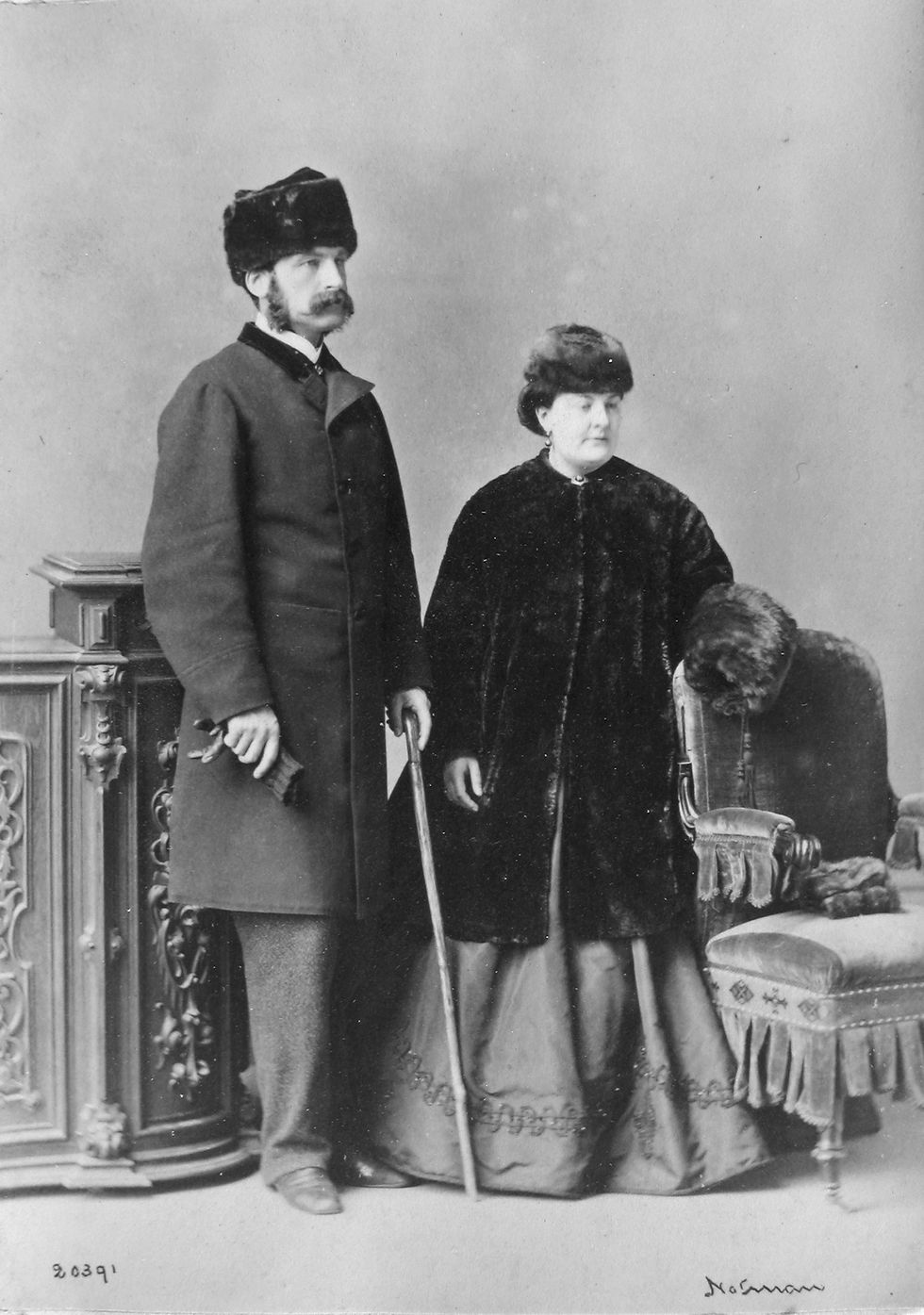
The decline of Montreal as an imperial city was a result of several long-term trends. Most notably, by the end of the nineteenth century the city was becoming increasingly francophone. This was not so much the result of demographic changes in the downtown core and Golden Square Mile, which remained (and to some extent still remain) largely anglophone. Rather, Montreal was expanding geographically in every direction, annexing formally independent francophone municipalities such as Hochelaga, Saint-Jean-Baptiste, Sainte-Cunégonde, and Maisonneuve. This drastically changed the demographic makeup of Montreal, which became a majority francophone city for the first time since the late eighteenth century. Another major factor was the continentalization of North America in the twentieth century, which accelerated after the Second World War. Montreal had always been primarily tied to Britain and the Empire. With the United States becoming Canada’s primary trading partner and source of capital, it was the darling of American investors, Toronto, that would reap the benefits. Much of Montreal’s Anglo-Protestant bourgeoisie would leave the city’s downtown core for places such as Toronto or suburban municipalities on the island, notably Westmount, now one of the richest communities in Canada.
The legacy of imperial Montreal can be seen throughout the city, from the imposing Christ Church Cathedral on Saint-Catherine Street, the hub of the Anglican community in the city, to the Sun Life Building next to Dorchester Square, which at the time of its completion in 1931 was the largest building in the British Empire. During the Second World War, fearing a German invasion of Britain, the Empire’s gold reserves were secretly relocated to the Sun Life Building’s vaults. Dorchester Square itself was designed in the shape of a Union Jack.
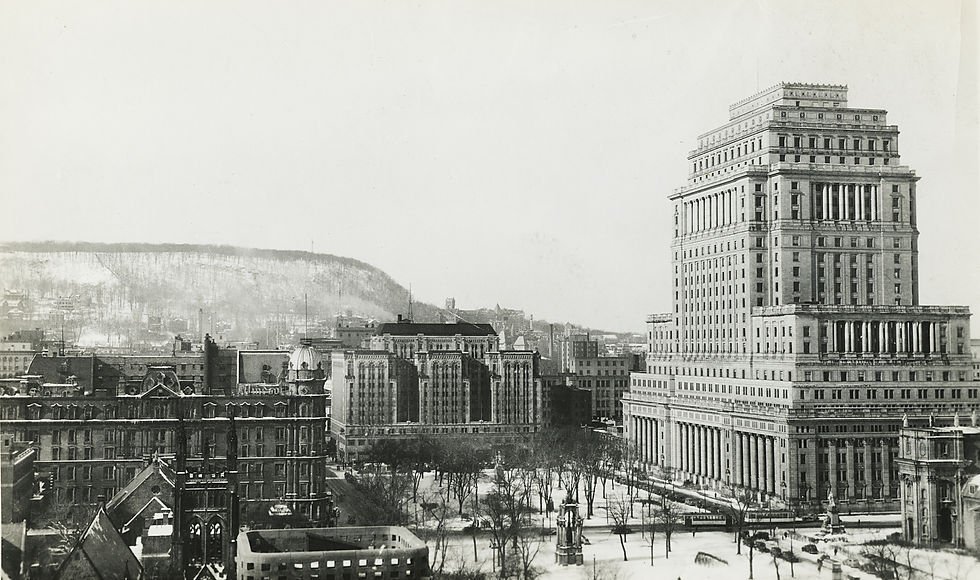
The immense wealth and power of Montreal’s Anglo-Protestant bourgeoisie can also be vividly seen in the remains of their residences and cultural institutions around Sherbrooke Street West, near the location of this year’s meeting. Several surviving examples can be found by walking west along Sherbrooke from the McGill campus, including the William Alexander Molson House, the Mount Royal Club, and the Lord Atholstan House. But by far the most striking example of the wealth and power of British Montreal is Ravenscrag, the former residence of Sir Hugh Allan, which still stands imposingly at the top of McTavish Street.
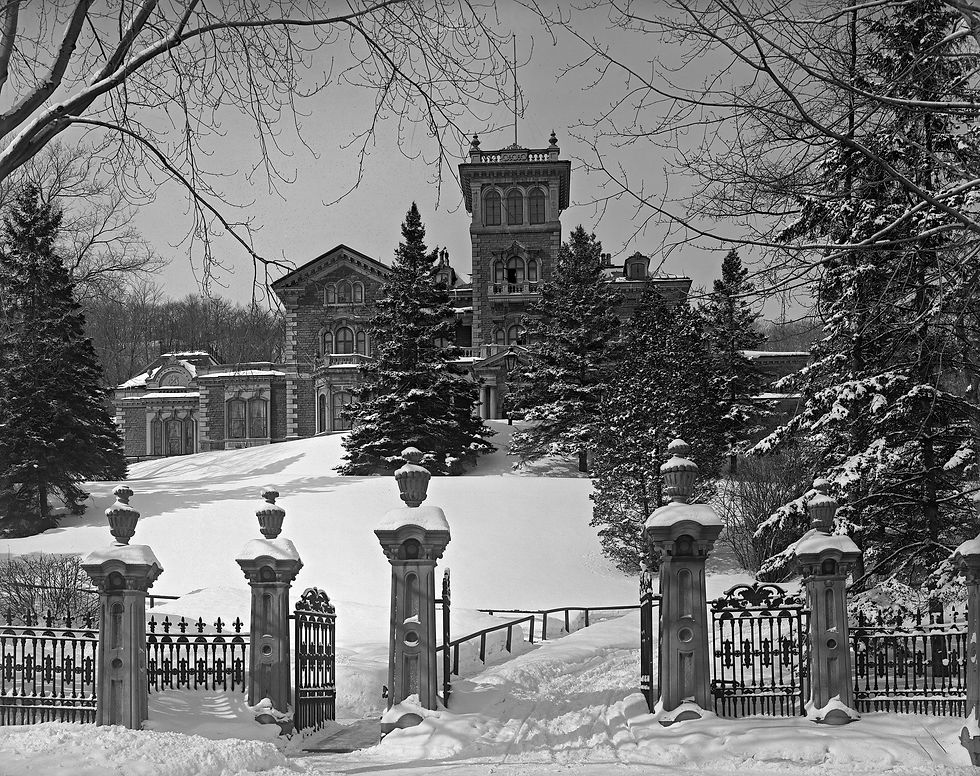
Conference attendees interested in exploring the history of the Golden Square Mile can register for a guided tour on Friday 14 November. Details will be available on the conference website in the coming weeks.
Note: All images accompanying this blog post are held by the McCord Stewart Museum, which is situated at 690 Sherbrooke Street West just a few blocks from the annual meeting location.
Jean-Philip Mathieu holds a PhD in history from McGill University, specializing in the business and labour history of Montreal and Canada. His dissertation, defended in 2024, explored the relationship between the rise of the joint-stock corporation in Canada and the development of Montreal’s bourgeoisie in the second half of the nineteenth century. He is currently working on a book project about the Hydraulic Machinery Company (Hymac) and the pulp and paper industry in twentieth century Canada.
The views and opinions expressed in this post are solely those of the original author/s and do not necessarily represent the views of the North American Conference on British Studies. The NACBS welcomes civil and productive discussion in the comments below. Our blog represents a collegial and conversational forum, and the tone for all comments should align with this environment. Insulting or mean comments will not be tolerated and NACBS reserves the right to delete these remarks and revoke the commenter’s site membership.







Comments